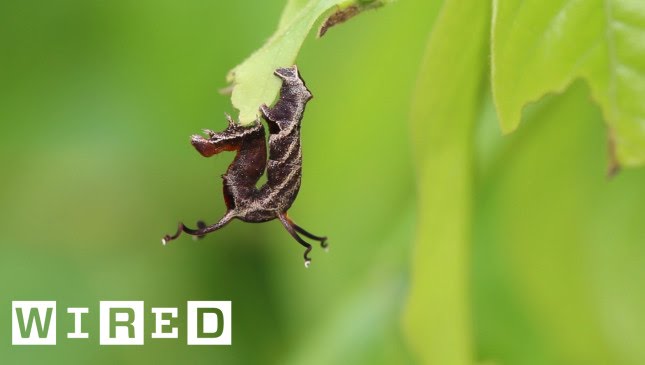The World of Silky Anteaters: An Adorable Nocturnal Hunter
Summary
The article discusses the silky anteater, a nocturnal insectivore that survives by hunting ants at night. It explores the anteater’s features, behavior, and hunting techniques, as well as its predators and limitations. The article also mentions the harpy eagle, an apex predator that poses a threat to the silky anteater.
Table of Contents
- Introduction
- What is a Silky Anteater?
- What are the Physical Characteristics of a Silky Anteater?
- Where Can Silky Anteaters be Found?
- What is the Behavior of a Silky Anteater?
- How Does a Silky Anteater Hunt?
- What are the Threats to a Silky Anteater?
- What is the Role of Silky Anteaters in the Ecosystem?
- Conclusion
Introduction
As a professional writer, I’ve been fascinated by many peculiar creatures in the wild, but the silky anteater is definitely one of the most fascinating. In this article, we’ll explore this nocturnal insectivore, studying its behavior, hunting techniques, and even its limitations.
What is a Silky Anteater?
The silky anteater is a lovely insect-eating mammal native to Central and South America, known for its dense, silky fur, which is brownish-grey. This mammal, also called “cyclopes didactylus”, is the smallest in the anteater family.
What are the Physical Characteristics of a Silky Anteater?
The silky anteater has a unique and unusual appearance. It has a small head and large eyes, with small ears that stick out of its fur. One of the most fascinating things about a silky anteater is its prehensile tail, which it uses to grasp tree branches as it moves along. The silky anteater has fur that is long, soft, and thick. Its fur is colored a soft brownish-grey, with whitish or yellowish fur on its belly. It has four long claws on its front paws and five long claws on its hind paws.
Where Can Silky Anteaters be Found?
Silky anteaters are found in Central and South America, from southern Mexico to Brazil, Paraguay, and northern Argentina. They live in tropical forests and are most commonly found in trees.
What is the Behavior of a Silky Anteater?
Silky anteaters are nocturnal and usually sleep during the day, curled up on the branches of trees. They are solitary creatures that spend most of their time alone. At night, they hunt for ants and other insects, using their long, sticky tongues to catch them. Silky anteaters make their way up and down the branches of trees using their prehensile tails, taking care not to disturb the ant colonies they are hunting.
How Does a Silky Anteater Hunt?
The silky anteater is a skilled hunter, using its long tongue to extract ants from their underground colonies. When it detects an ant colony, it uses its clawed forelimbs to tear open the ant nest, exposing the ants to predators. The anteater then extends its long tongue, which can extend up to 25 cm long, to capture as many ants as possible. It can grab up to 1% of the ants in a colony in a single sweep.
What are the Threats to a Silky Anteater?
Despite its unique features, the silky anteater faces various threats in the wild. The greatest of these threats is the harpy eagle, a large bird of prey with talons that can overpower prey up to 10kg. Harpy eagles feed on many animals, and silky anteaters are among their favorites. To avoid being preyed on, the silky anteater limits its movements to nighttime, sleeping through the day perched on trees. Habitat loss and also hunting for their fur in some parts of the region are also a major threat to their survival.
What is the Role of Silky Anteaters in the Ecosystem?
Silky anteaters play an essential role in their ecosystem by regulating the populations of ants and other insects they hunt. They are also food for carnivorous animals, and their burrows provide shelter for other animals. The silky anteater also spread seeds of trees and other plants while going between trees, making it a vital link in the ecosystem.
Conclusion
After exploring the world of the silky anteater, it becomes clear that this delicate and cute mammal is a vital and essential part of its ecosystem. Despite its predators and other threats, the silky anteater with its unique characteristics has adapted well to live a nocturnal life, with its nighttime foraging expeditions helping to keep the balance in its ecosystem. We hope you found this article informative and educational about the wonderful world of the silky anteater.







